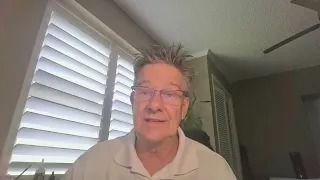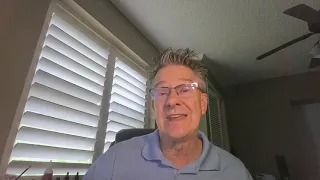Call (727) 784-5555
The short answer is yes you can, but you will need to provide a little more documentation than the average W-2 buyer.
Here’s what you need to know to ensure you have sufficient documentation to support income and income stability.
Self-employed mortgage borrowers can apply for all the same loans “traditionally” employed borrowers can.
There are no extra requirements for self-employed mortgage loans. You’re held to the same standards for credit, debt, down payment, and income as other applicants.
The part that can be tough is documenting your income. Most mortgage lenders require at least two years of steady self-employment before you can qualify for a home loan. Lenders define “self-employed” as a borrower who has an ownership interest of 25% or more in a business, or one who is not a W-2 employee.
However, there are exceptions to the two-year rule.
You might qualify with just one year of self-employment if you can show a two-year track record in a similar line of work. You’ll need to document an equal or greater income in the new role compared to the W2 position. Or if you have owned the same business for the past 5 years and show consistent income.
If you’ve been self-employed for less than one year, you’re not likely to qualify for a home loan.
Documents required for income review are two years of personal and business tax returns, YTD Profit and Loss statement, balance sheet, and business license. Underwriters will use the tax returns as a tool to determine your monthly income and to review for income inconsistencies. They will look to make sure that the income is not declining which will cause concern.
Underwriters use a somewhat complicated formula to come up with “qualifying” income for self-employed borrowers. They start with your taxable income and add back certain deductions like depreciation since that is not an actual expense that comes out of your bank account.
Business owners and other self-employed workers often take as many deductions as they can. While this can save you a lot of money with income tax, it can also hurt you when it comes to your mortgage application. There are some alternate types of financing programs that may help increase your monthly qualifying income such as a bank statement program. Some lenders offer a 12-month and 24-month program. This is typically calculated from the business accounts and can help increase your buying power.
As you can see this can be rather complicated and should be reviewed with a mortgage professional prior to shopping or going into a contract for a home.
Please call me for a free consultation at
727-543-1753 or visit
ddamortgage.com/Dottie for more information.
Dottie Spitaleri
NMLS# 224169
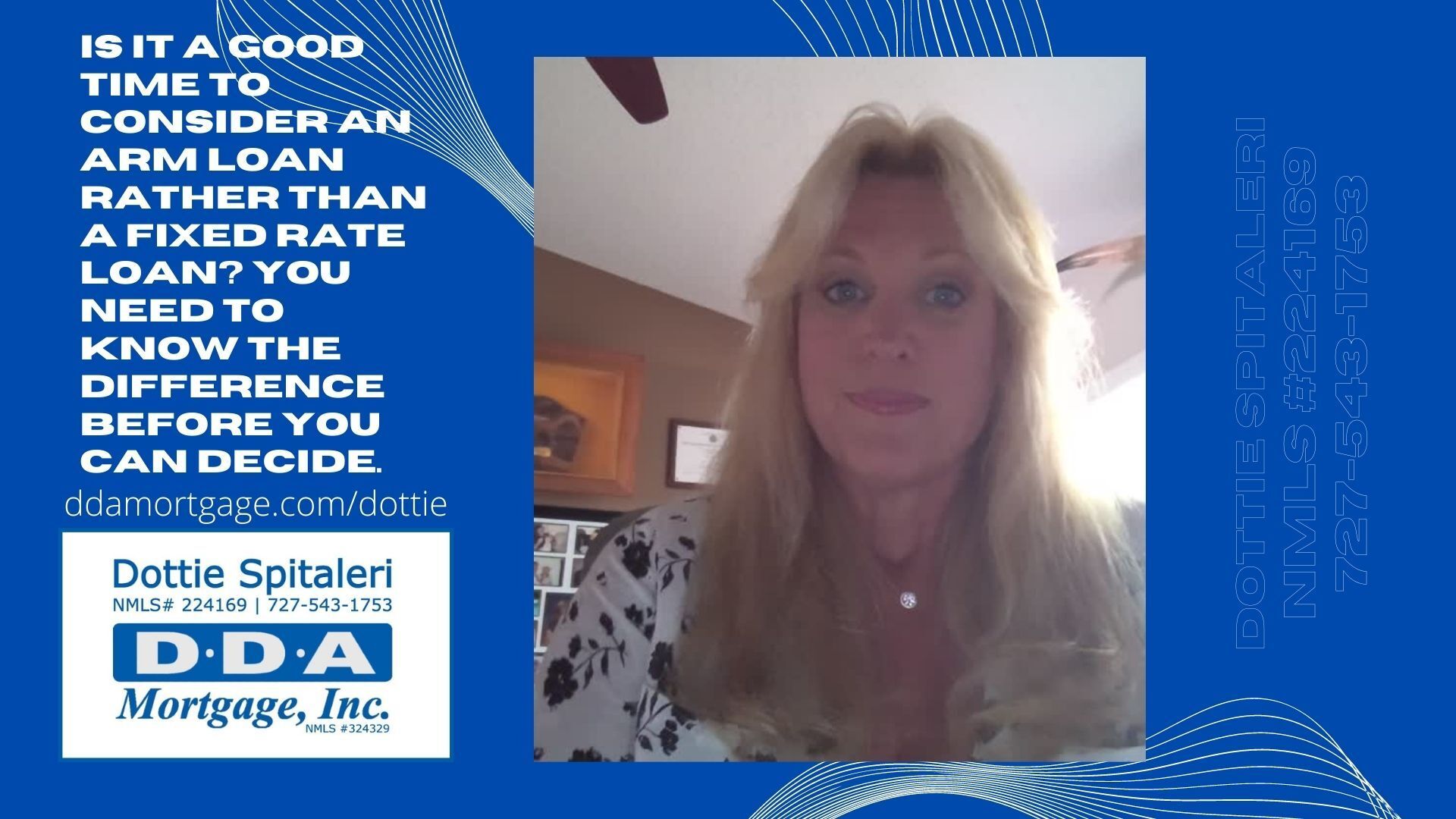
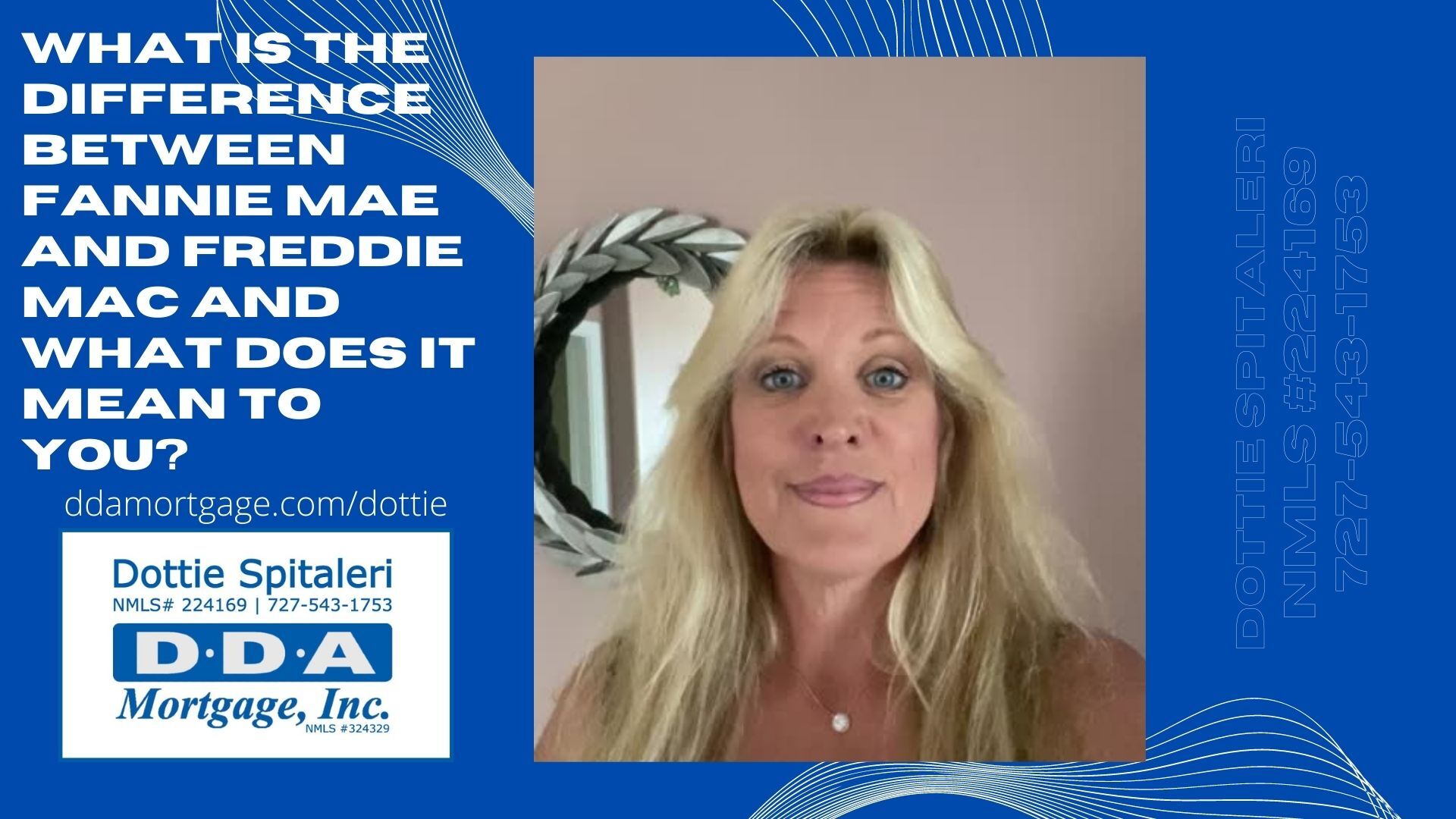

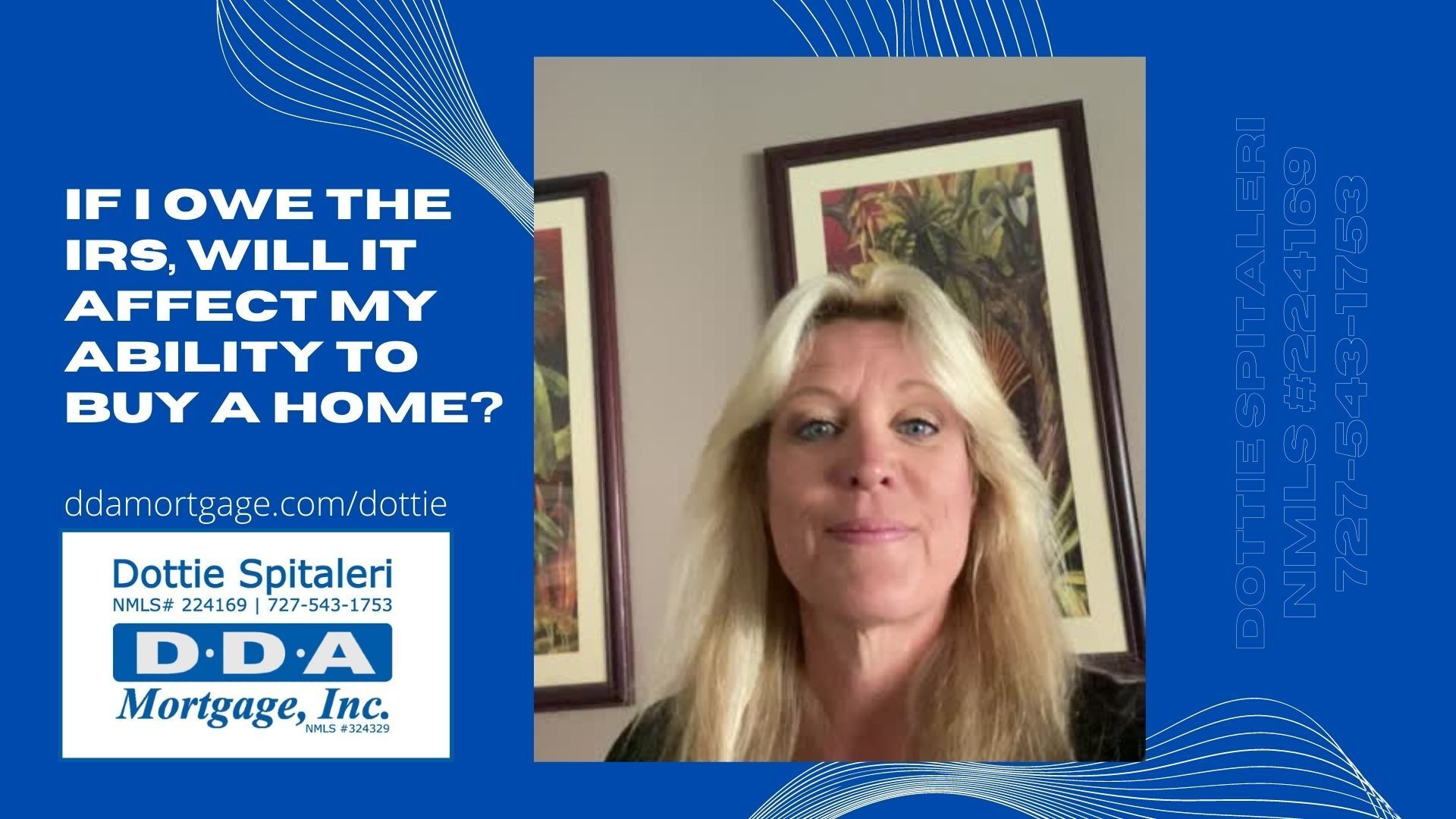
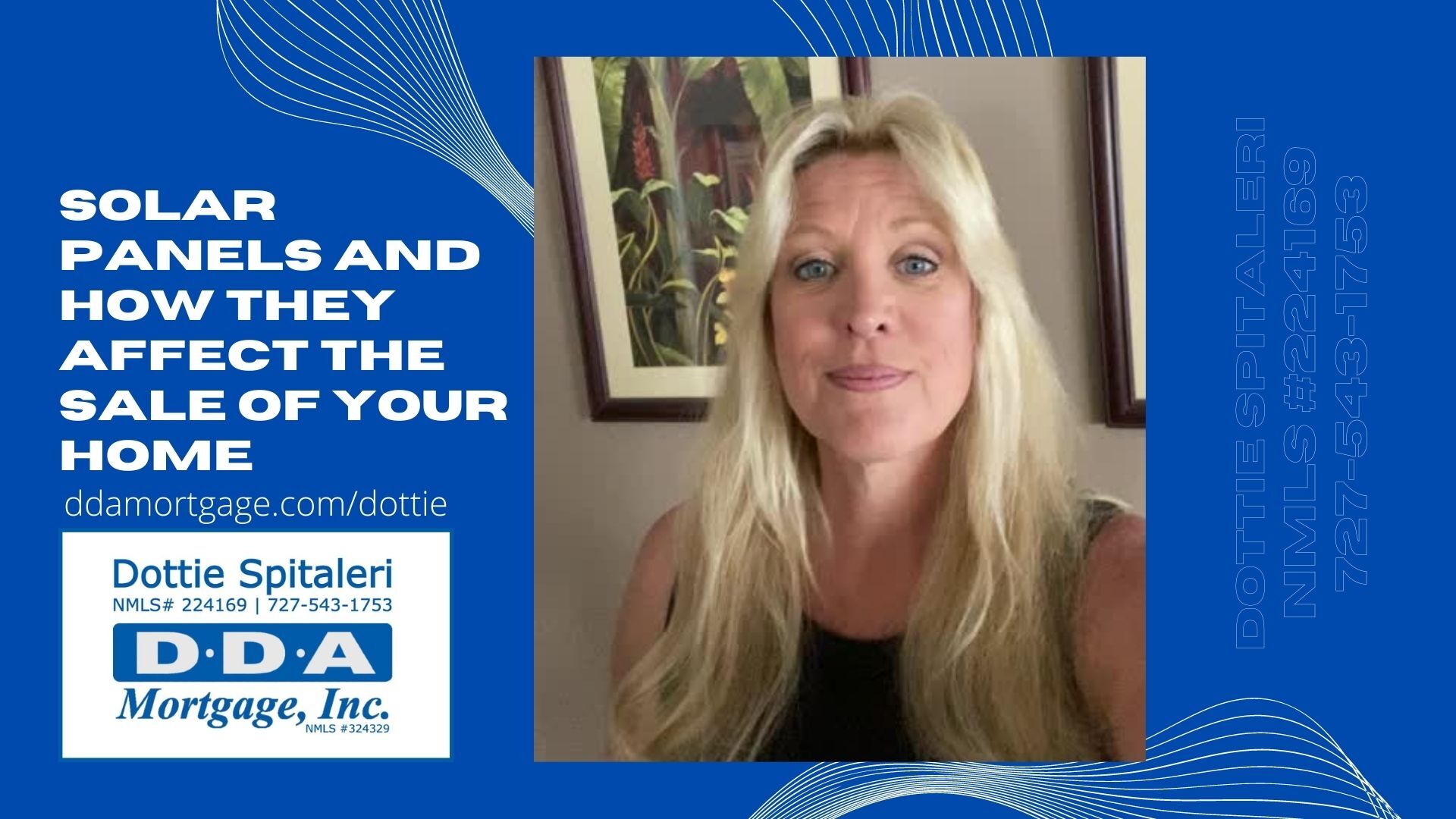
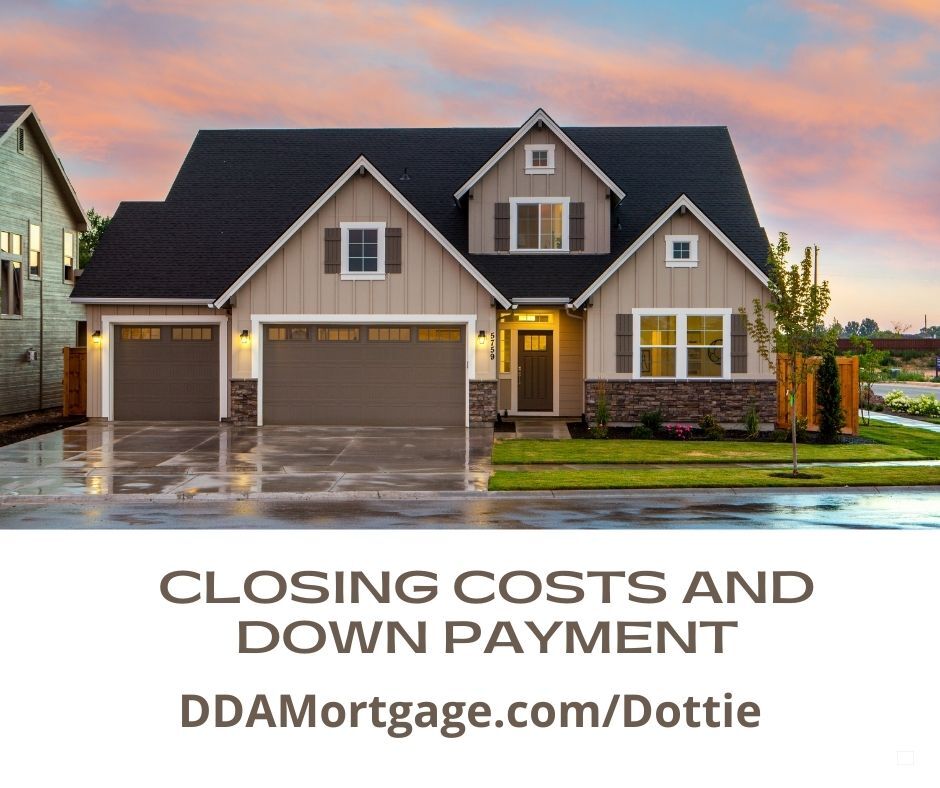

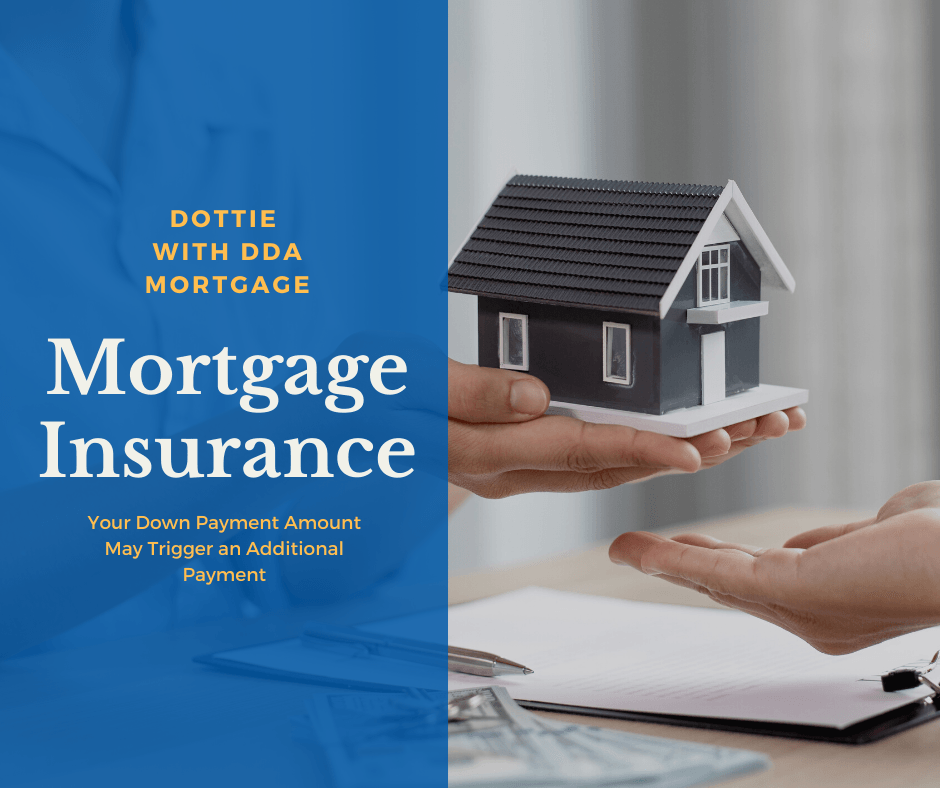

Start Your Loan
with DDA todayYour local Mortgage Broker
Mortgage Broker Largo See our Reviews
Check out our other helpful videos to learn more about credit and residential mortgages.
